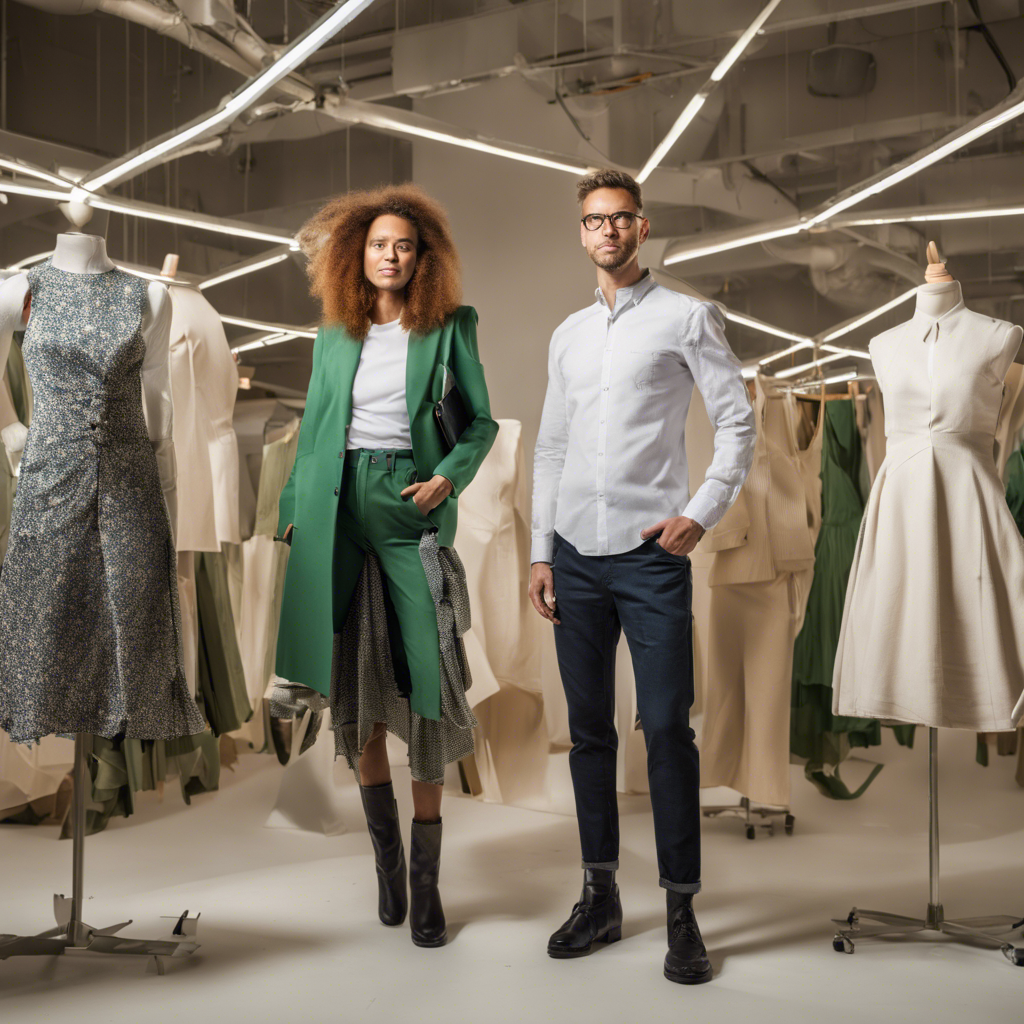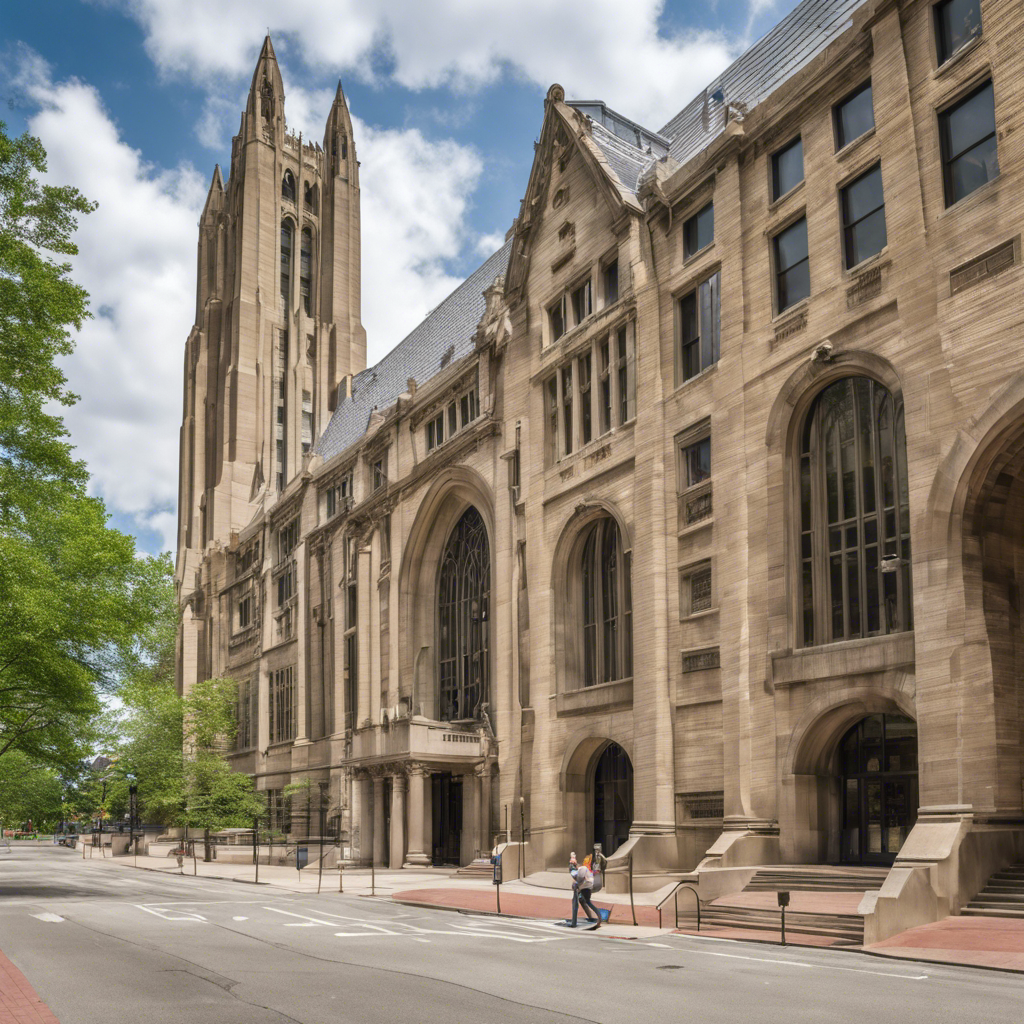How the fashion industry is embracing sustainability to combat environmental challenges
In recent years, the fashion industry has faced increasing scrutiny for its detrimental impact on the environment. From excessive water usage to toxic chemical pollution and mountains of textile waste, the industry has been a significant contributor to global environmental degradation. However, a new wave of change is sweeping through the fashion world as designers, brands, and consumers are increasingly embracing sustainable fashion practices. This article explores the rise of sustainable fashion and its potential to transform the industry for a greener future.
1: Reducing the Carbon Footprint
One of the key pillars of sustainable fashion is reducing the industry’s carbon footprint. Fashion brands are now actively seeking ways to minimize greenhouse gas emissions throughout the entire supply chain, from production to distribution. This includes adopting renewable energy sources, optimizing transportation methods, and implementing circular economy models. For example, some brands are using innovative techniques like 3D printing and digital design to reduce waste and energy consumption.
2: Ethical Sourcing and Fair Trade
Sustainable fashion goes beyond environmental considerations and also encompasses ethical sourcing and fair trade practices. Brands are increasingly scrutinizing their supply chains to ensure that workers are treated fairly and paid a living wage. They are partnering with organizations that promote fair trade and provide better working conditions for garment workers. By prioritizing ethical sourcing, these brands are taking a stand against exploitative labor practices and promoting social justice within the industry.
3: Upcycling and Recycling
Another crucial aspect of sustainable fashion is the concept of upcycling and recycling. Instead of discarding clothing and textiles, brands are finding innovative ways to give them new life. Upcycling involves transforming old garments into new, fashionable pieces, while recycling focuses on turning textile waste into new materials. By embracing these practices, the fashion industry can significantly reduce its reliance on virgin resources and minimize waste sent to landfills.
4: Consumer Awareness and Education
The shift towards sustainable fashion is not solely driven by brands and designers. Consumers are increasingly demanding transparency and accountability from the fashion industry. Social media campaigns, documentaries, and influential figures have shed light on the environmental and social impact of fast fashion, leading to a growing consumer awareness. As a result, consumers are making conscious choices by supporting sustainable brands, buying second-hand clothing, and engaging in clothing rental services. This shift in consumer behavior is forcing the industry to adapt and prioritize sustainability.
5: Collaboration and Innovation
The transition to sustainable fashion requires collaboration and innovation across the industry. Brands, designers, manufacturers, and consumers must work together to develop and adopt sustainable practices. Collaborative initiatives, such as the Sustainable Apparel Coalition and Fashion Revolution, bring stakeholders together to drive change. Additionally, technological advancements in materials and manufacturing processes are enabling the creation of sustainable alternatives to traditional textiles, such as plant-based fabrics and biodegradable materials.
Conclusion:
The rise of sustainable fashion marks a significant turning point for the industry. While challenges remain, such as scaling sustainable practices and changing consumer behavior, the momentum towards a greener future is undeniable. By reducing their carbon footprint, embracing ethical practices, upcycling and recycling, raising consumer awareness, and fostering collaboration and innovation, the fashion industry has the potential to transform itself into a force for positive change. As consumers become more conscious of their fashion choices, the demand for sustainable options will continue to grow, pushing the industry towards a more sustainable and responsible future. It is a collective effort that holds the promise of not only protecting the planet but also improving the lives of those involved in the fashion supply chain. The time for sustainable fashion is now, and the industry must seize this opportunity to reshape its practices and pave the way for a greener, more ethical future.











